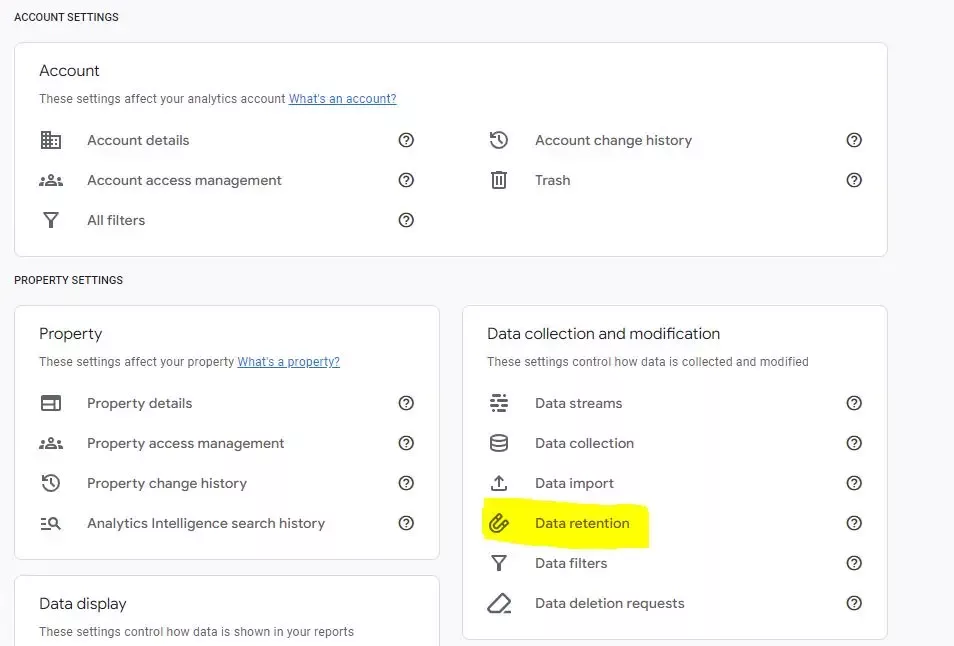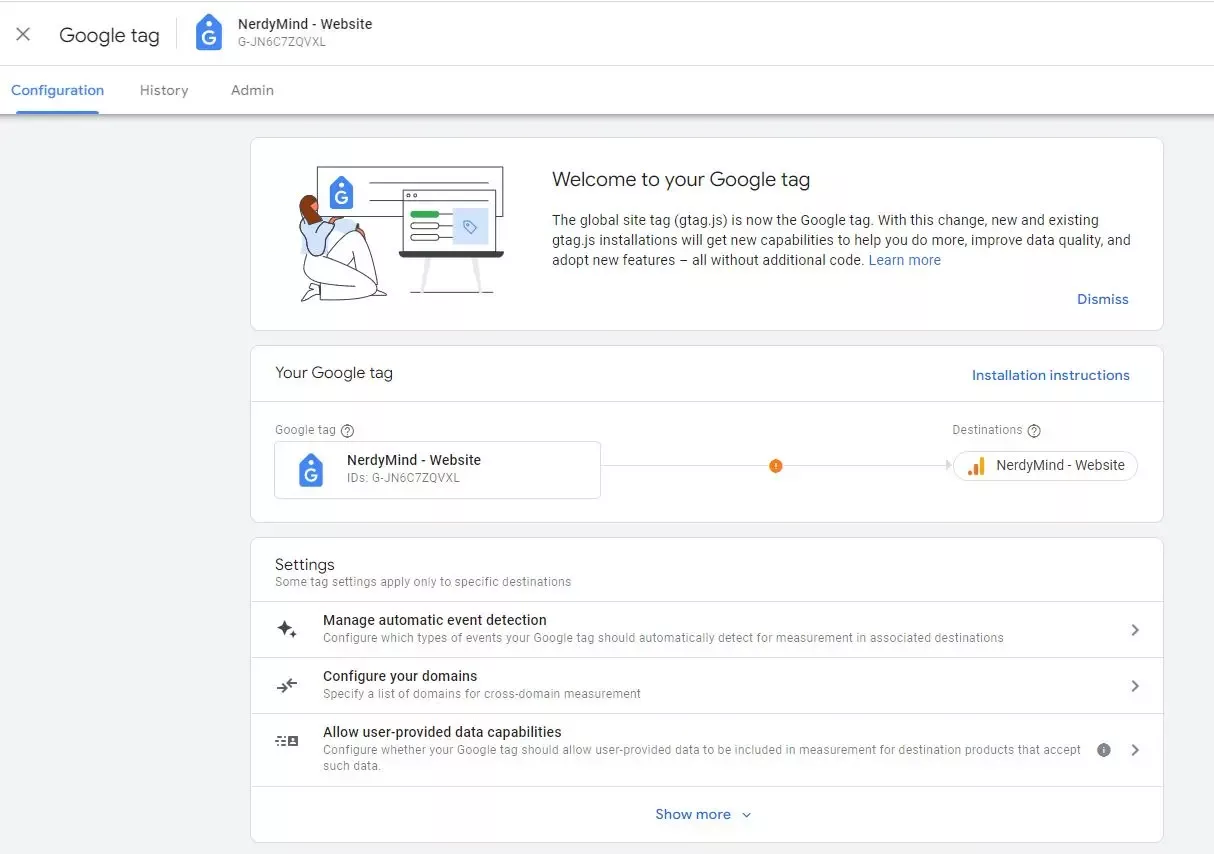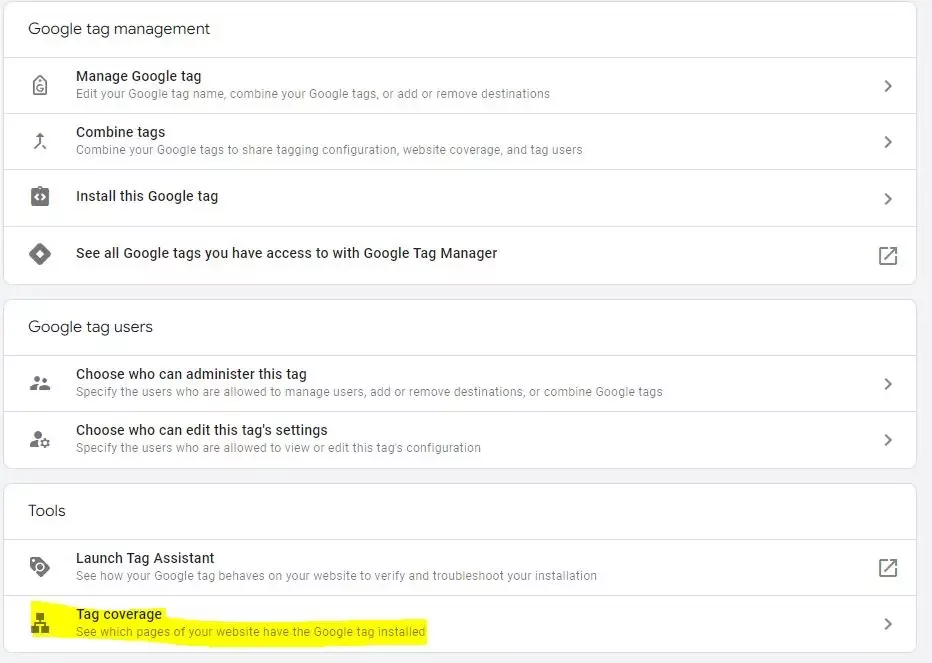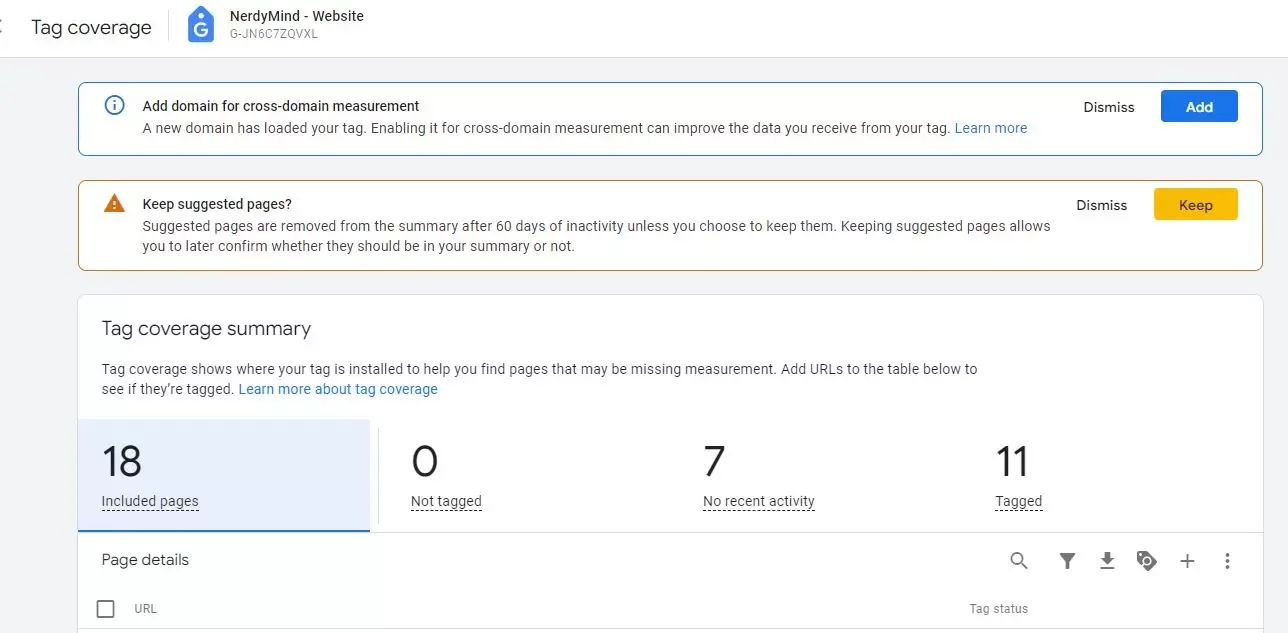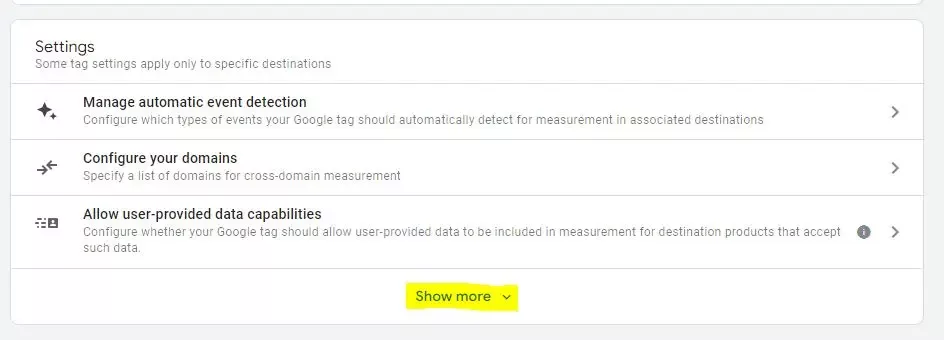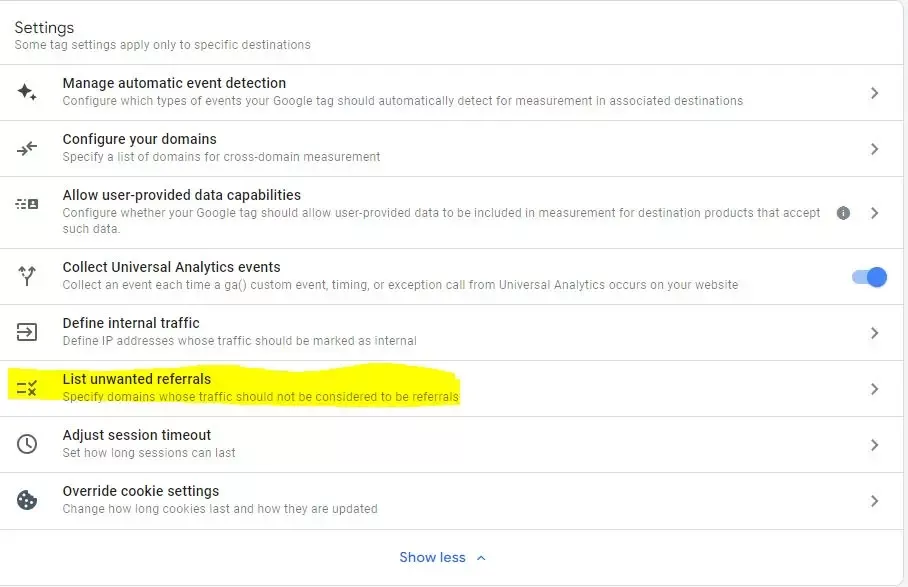Three GA4 Features You Might Not Know About
Posted on November 15, 2023 nerdymind
We’ll be blunt: GA4 had a very rocky start when it launched in 2020. The successor to Universal Analytics proved to be less user-friendly than its predecessor and, at times, unnecessarily complex. Its creation, however, was a necessity. With 3rd party cookies on their way out and user privacy gaining attention, Google released GA4 to provide analytic data to website owners, while complying with the digital zeitgeist.
Despite its complexities, GA4 hosts a variety of unique and helpful features for website owners. The platform provides insight into user & session data, along with settings to facilitate the flow of information. GA4 features, however, might not be the easiest to uncover—especially if you’re new to Analytics. Since we’re NERDs (it’s in our name, after all) we love to learn and share our knowledge with others. We uncovered three interesting features of GA4 that you might not know about.


